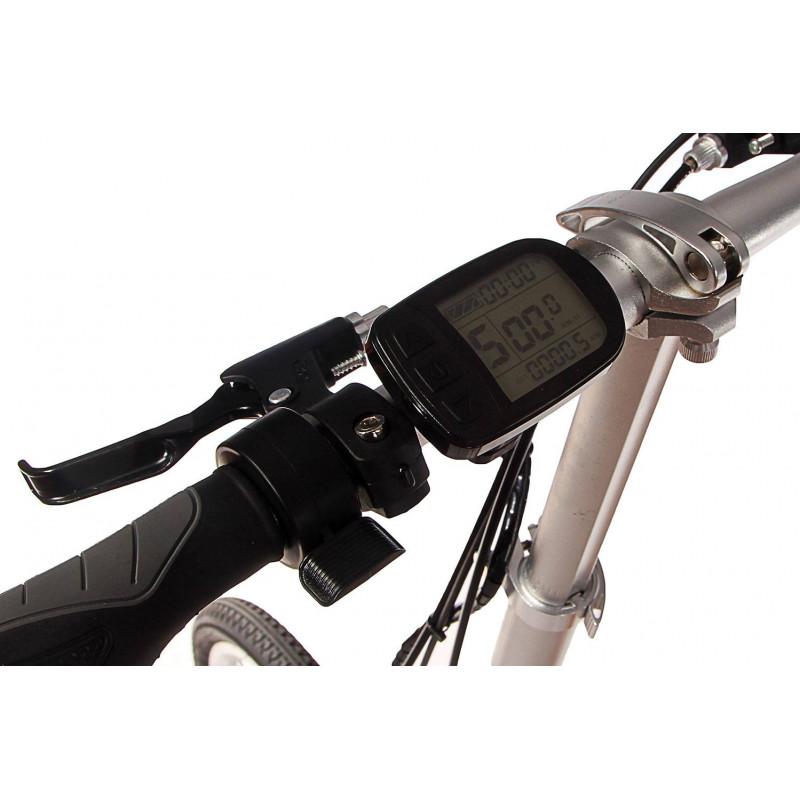Understanding the Cyclocomputer
A cycle computer is a digital device that is mounted on bicycles to provide information related to distance, speed, ride time, and other bike riding data. Cycle computers use sensors, usually attached to the wheel spokes or rear hub, to detect rotation and calculate various metrics. Data is displayed either on a small screen mounted on the handlebars or stem or through a wireless connection to a smartphone or smartwatch.
Measuring the Essentials
Distance is one of the primary metrics recorded by a Cyclocomputer. Sensors detect each full revolution of the wheel and multiply it by the known circumference to calculate distance traveled. Advanced units can track both total distance as well as trips. Speed is derived from distance and time calculations. Units typically show both current speed and average or max speeds. Elapsed time shows duration of the current ride or individual timed segments.
Additional Useful Data
Cycle computers capture other helpful cycling statistics. Calories burned are estimated based on rider specifications, speed, and incline data from other sensors if applicable. Trip computers and some recording units note location details through GPS. Cadence or pedaling RPM is measured by sensors that register full pedal revolutions. Slope or grade is calculated by altitude sensors that detect climbing inclines. Advanced systems integrate lights, wireless training tools, and accessory controls.
Benefits for Competitive and Casual Cyclists
For competitive cyclists, cycle computers provide important performance metrics. Riders can review distance, speed, time, and calorie data to track progress, evaluate training effectiveness, and prepare for events. More advanced units compatible with training software allow for in-depth analysis. Recreational cyclists also appreciate cycle computer feedback for goal-setting, safety reasons like keeping track of lengthy rides, and simply adding more fun with real-time riding stats.
Choosing the Right Cyclocomputer
Entry-level units focus on basic specs like speed, distance, time and optionally cadence. Mid-range models add calorie tracking, trip functionality, and often GPS. Advanced systems are compatible with smartphones, support ANT+ and Bluetooth sensors, record detailed ride logs, and integrate training platforms and lights. When choosing, consider intended use, compatible sensors, screen size/visibility, battery life, and storage capacity. Mounting options are also important for safe, convenient viewing of stats.
Benefits for the Cycling Community and Businesses
Cycle computers provide useful data that benefits both individual riders and the overall cycling community. Aggregated ride data from units helps cities and organizations better understand cycling infrastructure needs to improve road and path design. It also helps event organizers with route planning and participation projections.
bike shops leverage the detailed information cyclists collect to better assist with repairs, fittings, and advice for future purchases. The cycling industry at large benefits from the insights cycle computers provide into rider trends, spending, and how to further grow cycling participation.
Get More Insights on- Cyclocomputer
